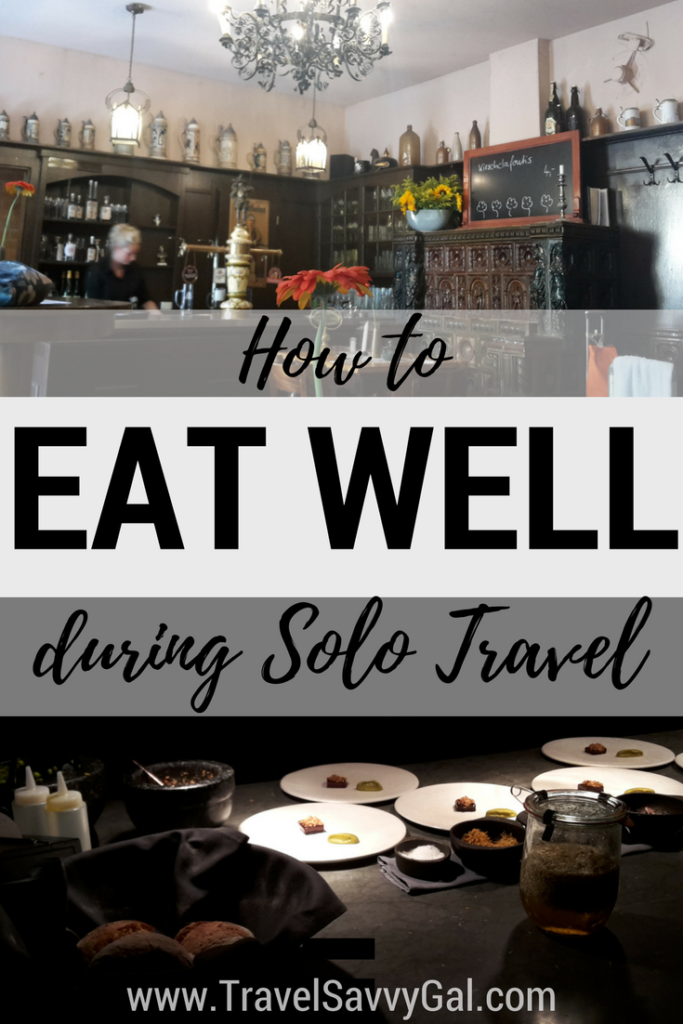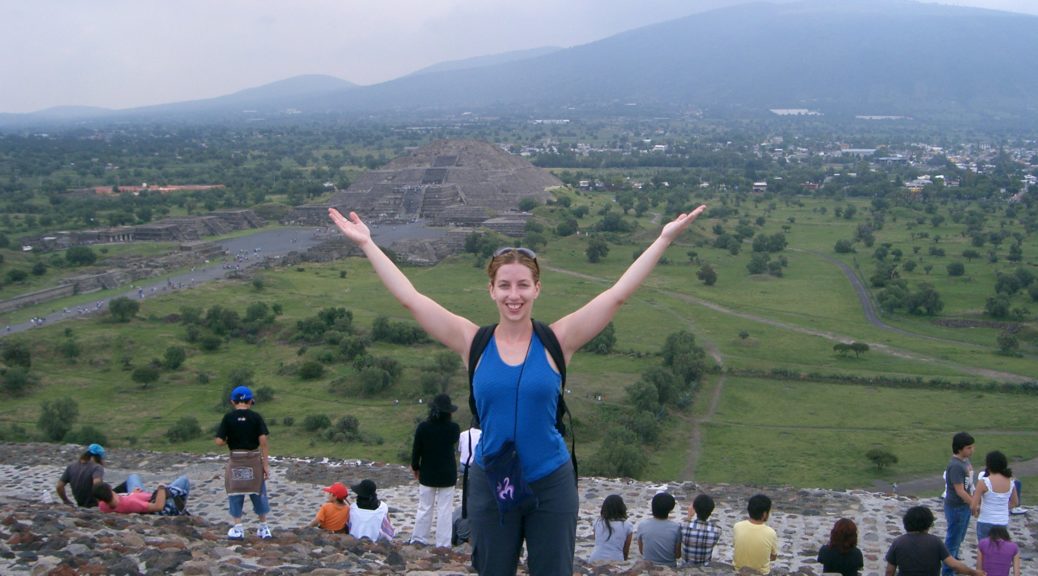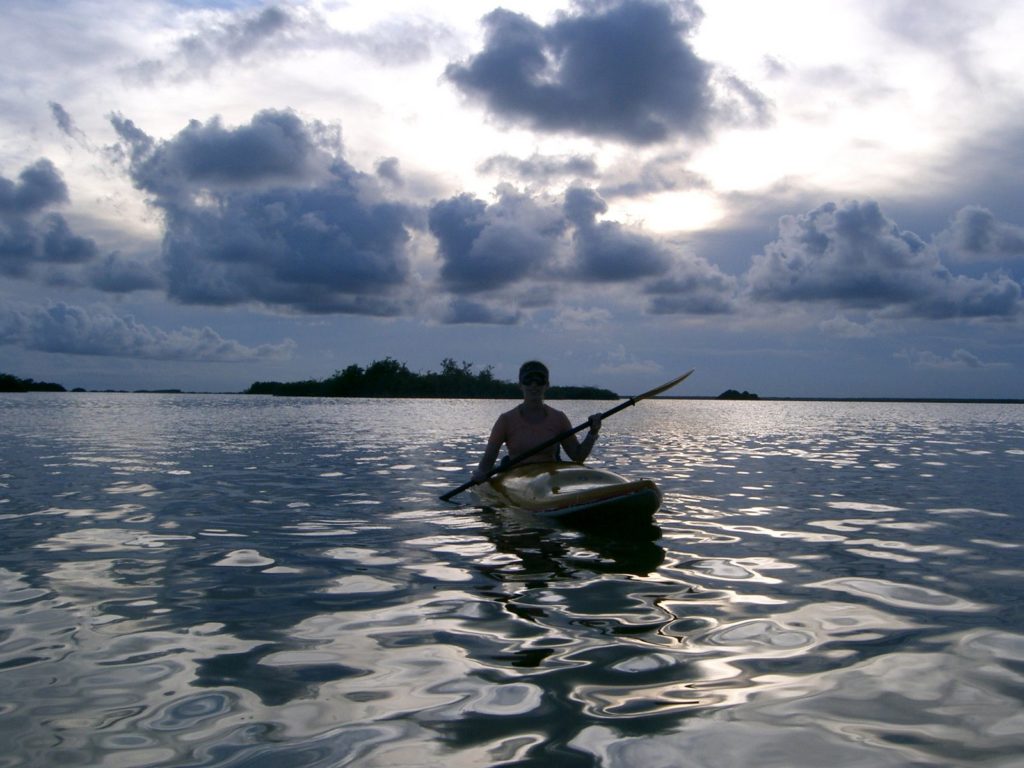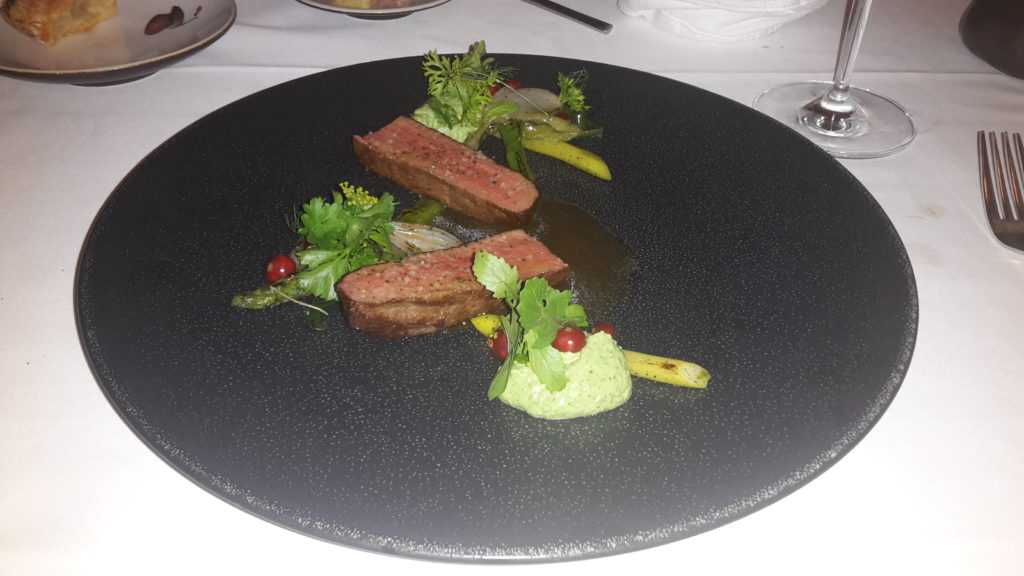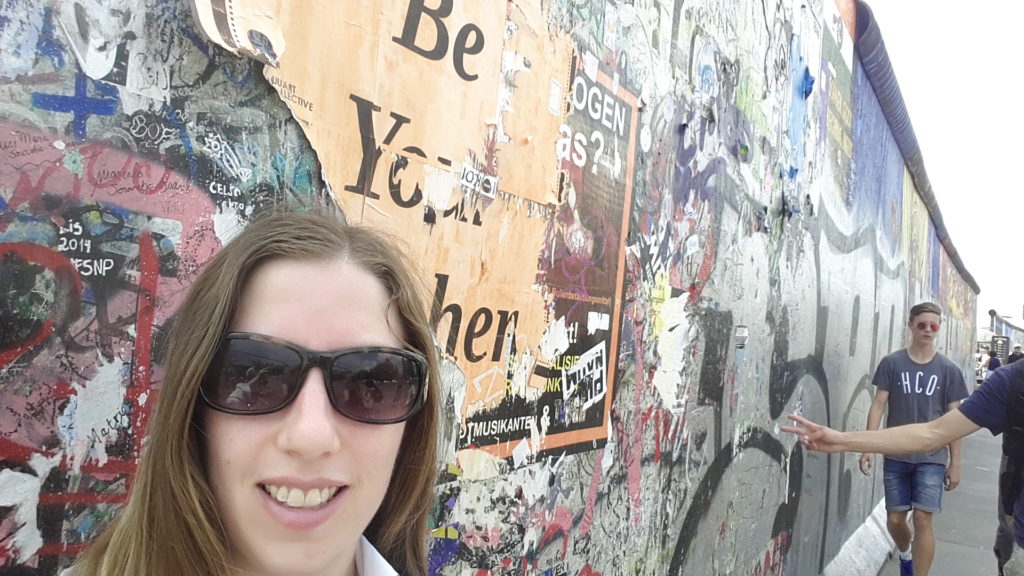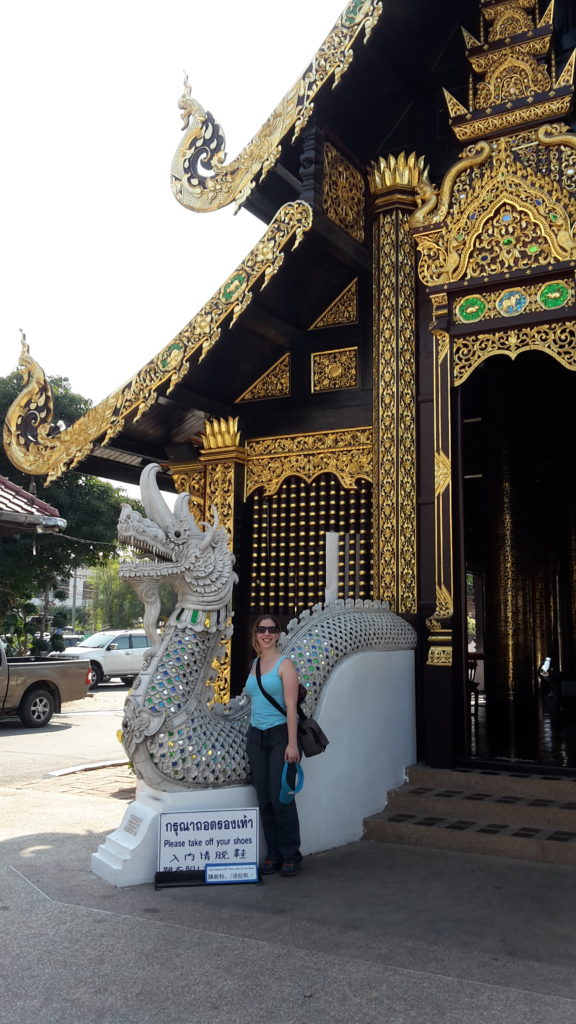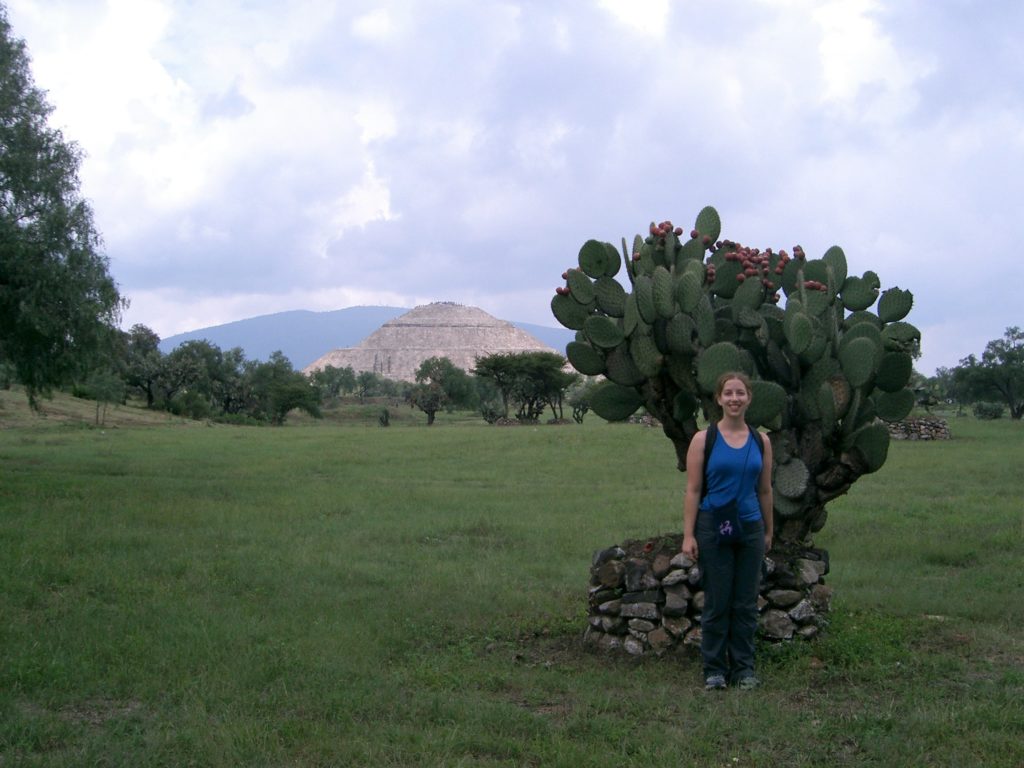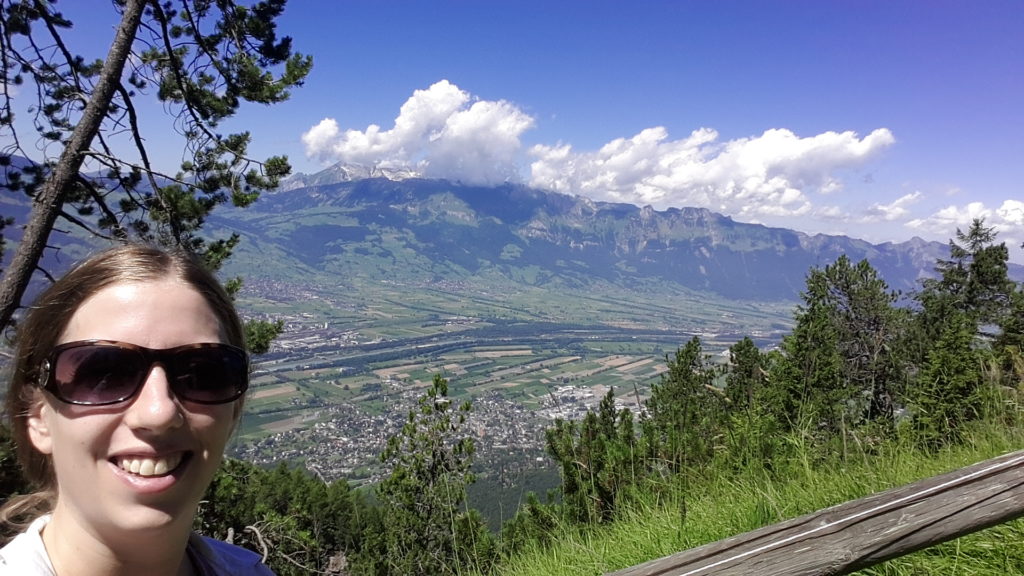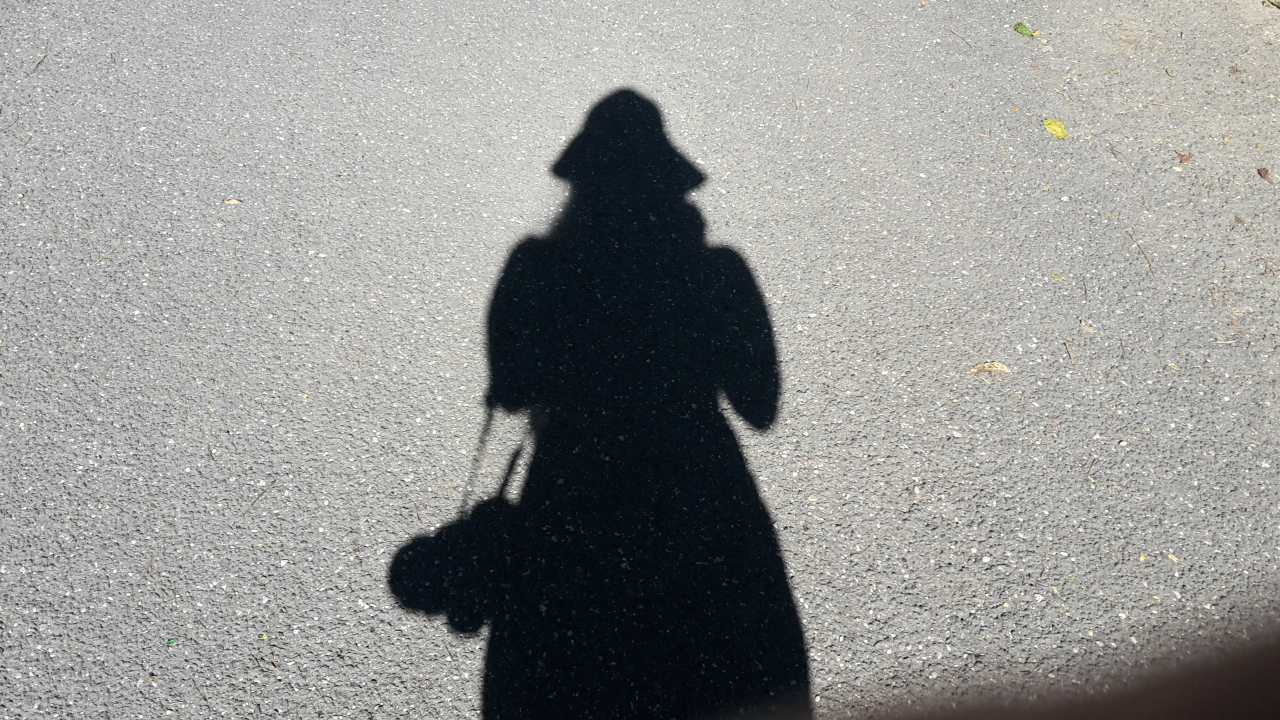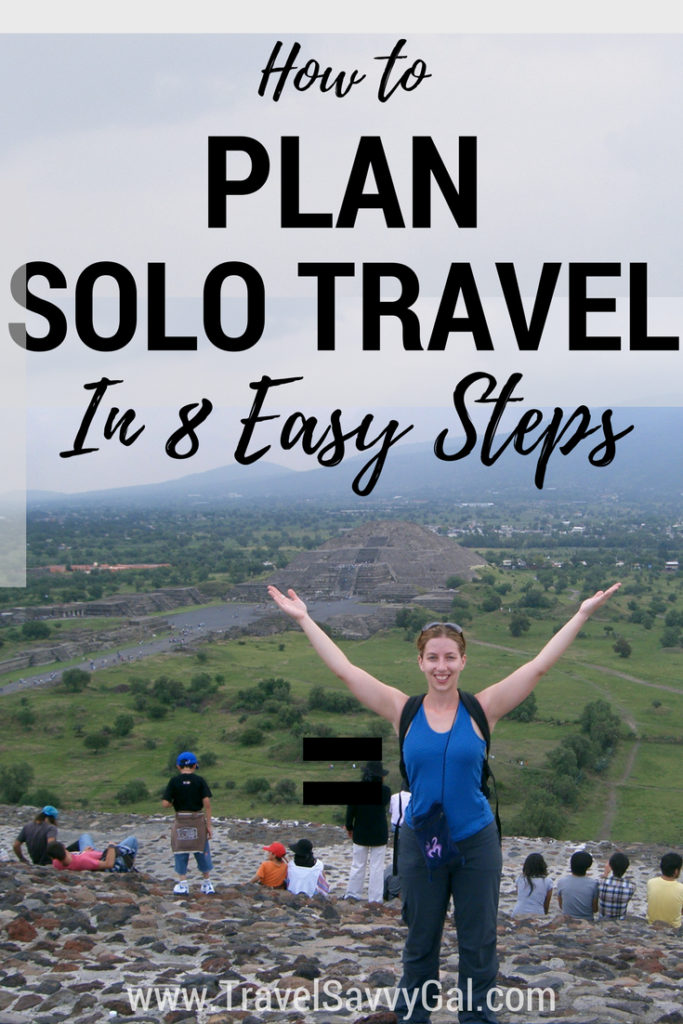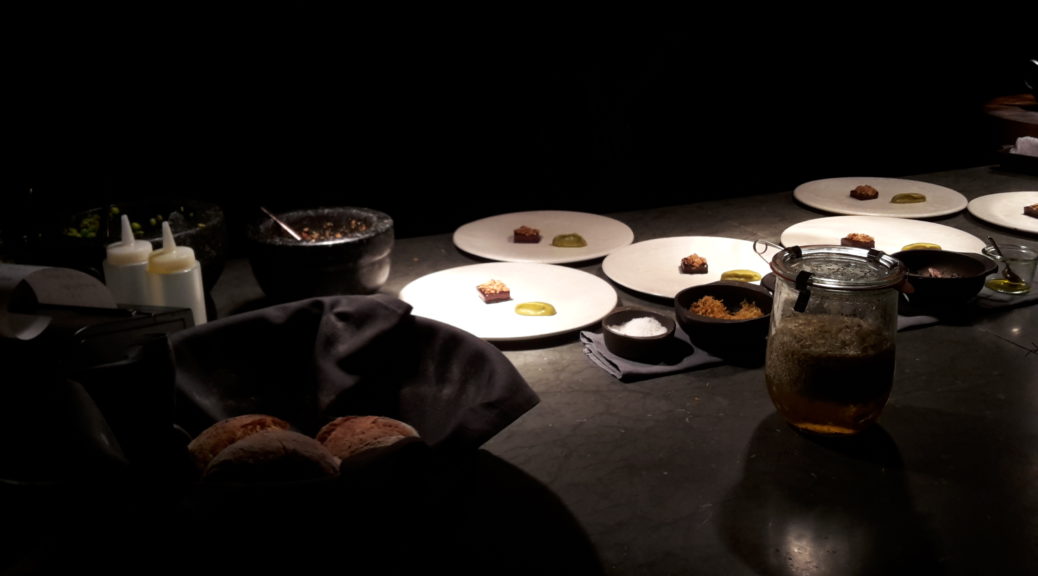
How to Eat Well When You Travel Solo
If you’re like me and love going out to a restaurant with a group of adventurous friends, because it means you get to sample even more different dishes, the thought of traveling solo may give you pause. How will you consume enough meals to taste all of the local dishes? What if there are multiple dishes you’d like to sample, but you’re just not hungry enough to order (and eat) them all?
As someone who both loves to eat and savors my time traveling solo, this issue has come up for me time and again. Over the last two decades or so, I have definitely honed what types of food I seek out when I’m on my own on the road, to maximize the number of different bites and how much local cuisine I get to experience. And fortunately, as solo travel has become more commonplace, I don’t get nearly the amount of looks or raised eyebrows as I used to when asking for a “table for one.”
How to Dine Solo, Your Own Way
“Oh no,” you’re thinking, “I just don’t feel comfortable eating at a restaurant by myself.” Don’t worry, that’s okay! Several of the options below involve street food or eating-on-the-go. And even at a proper restaurant, a lot of times there is a bar where you can sit and order food and socialize, or possibly a communal table where you may encounter others traveling solo or other friendly diners.
For those of you ready to dine solo at a restaurant for the first time, it can look like whatever you’re comfortable with. I’ve seen people reading a newspaper or a book as they eat alone, which for many eliminates what would otherwise be a socially awkward situation. Others spend it on their smart phone, reading, planning, or staying in touch with friends. Some solo diners sit back and quietly take in their surroundings. And others will just keep a deep focus on the food, slowly savoring each bite.
Personally, I tend to either be introspective, reflecting on my day or strategizing for the day ahead, or will go into people-watching mode. I’ll sit and quietly observe the diners around me inside the restaurant, pretending I am at an outdoor table at a cafe watching the passers-by. Occasionally, I’ll read – usually a long-form newspaper article or an article to learn more about a tourist attraction I already visited. And when the food comes, I do my best to channel my focus on truly enjoying the flavors as I eat. Do what works best for you!
Foods to Seek Out
To eat well during solo travel, my basic strategy is to cobble together a bunch of different bites on my own, by sampling the offerings of different street food vendors or enjoying small plates of food at a sit-down restaurant – in whatever combination feels right on a particular trip. Here’s what to look for:
Appetizers
I mention a lot of specific types of cuisine below, but in fact, any restaurant can be turned into your own customized version of small plates by simply ordering 2-3 starters or sides instead of a main dish. Just ask before you order, and most places will be happy to accommodate you. It can also be helpful to specify if you want your dishes to arrive all at once, or to be brought out one at a time.
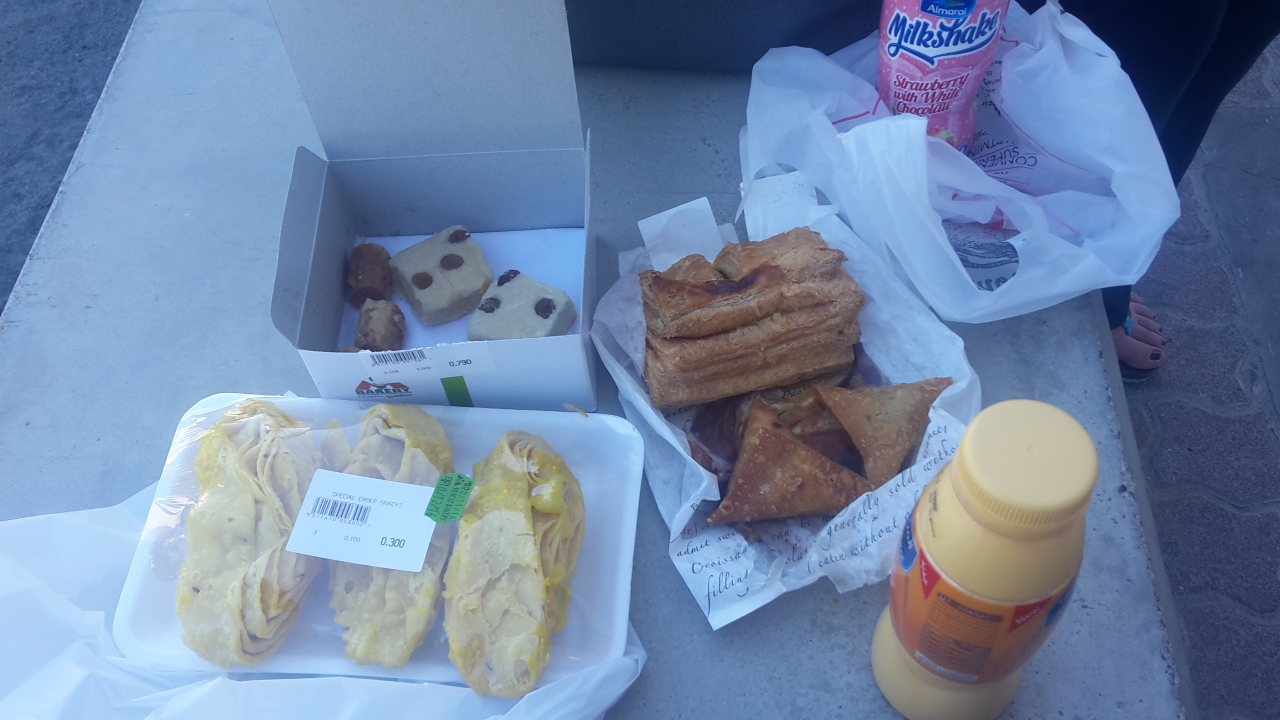
Bakeries
Bakeries and pastry shops (or bakery sections in supermarkets) can offer a quick bite in the morning to leave room for a larger lunch. You can also get a taste of local life by sampling the baked good of choice, whether sweet or savory. Or get a bunch of smaller items to sample for lunch, as nibbles throughout the day, or snacks to consume while out hiking.
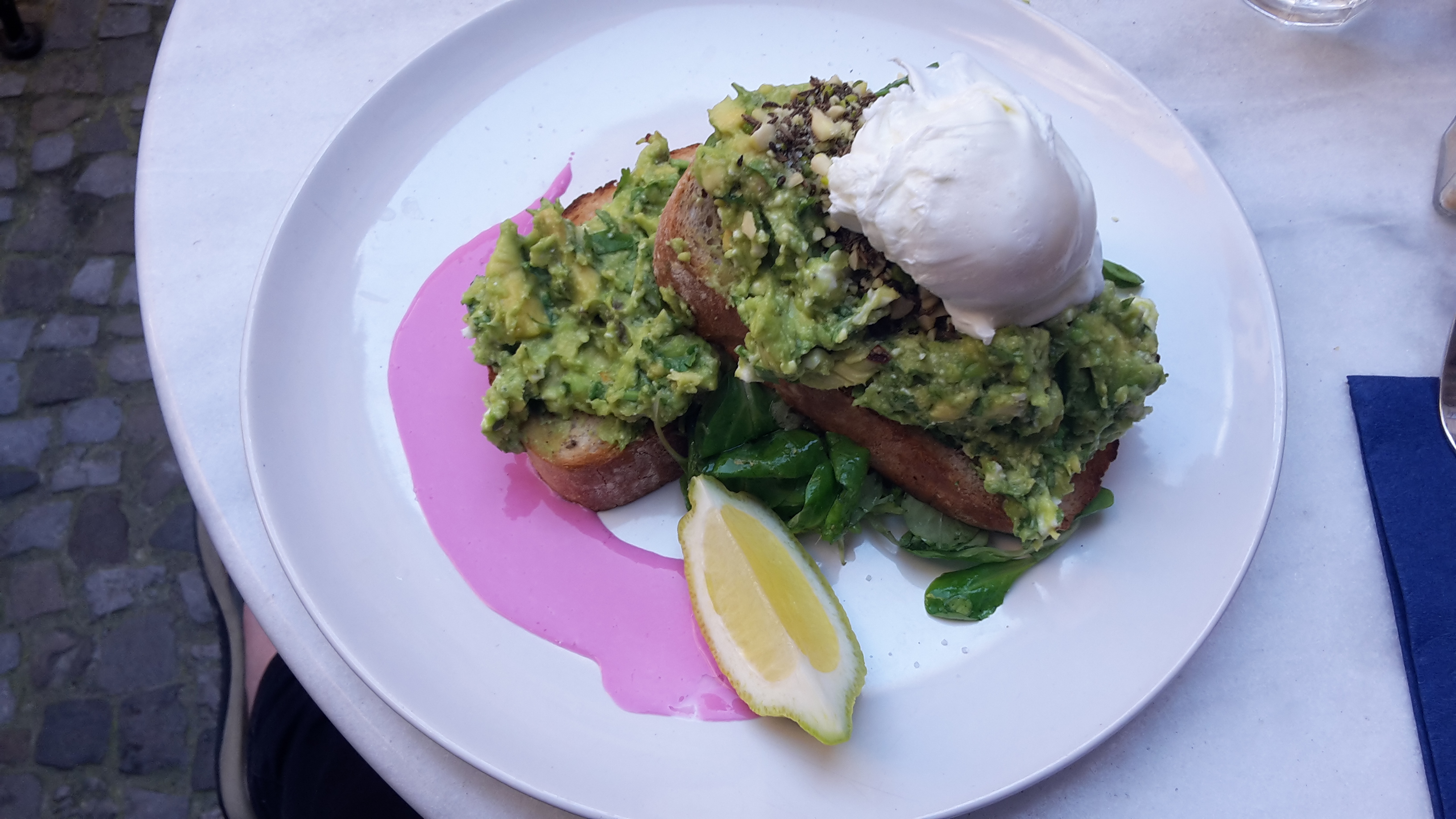
Breakfast or Brunch
You may not have thought of it this way before, but many breakfast or brunch options can really be several different types of food all on a single plate together: eggs, potatoes, vegetables, and a sauce. Even if breakfast is included with my accommodation, I will still sometimes go out somewhere for a more authentic first meal of the day, and a lot of countries have very local breakfast options that you won’t see anywhere else (check out this post on Singaporean breakfast for the details on one of my favorites). And many breakfasts can be ordered for take away if you don’t feel like dining alone.
Buffets
In general I’m not a huge buffet person, but when I’m on the road for a limited time, it can often be the most effective way to sample many different dishes of the local cuisine. Often hotels or hotel restaurants will serve food buffet-style, and you typically don’t need to be a guest at the hotel to partake. Do be sure to check ahead of time when buffet meals will be available, as in certain locales it will only be offered on 1 night each week (or only specifically feature local cuisine on a single night).
Happy Hour
Taking place usually over a few hours in the afternoon, happy hour often includes special deals on small portions of food and allows you to sit at the bar if you feel like socializing. Italy has especially good happy hour options, from small bites or buffet spreads at aperitivo to traditional tapas in Venice known as cicchetti. Wherever you’ll be traveling solo likely has some similar local happy hour specials. Ask at your hostel or hotel, or gather some intel from locals who can point you in the right direction.
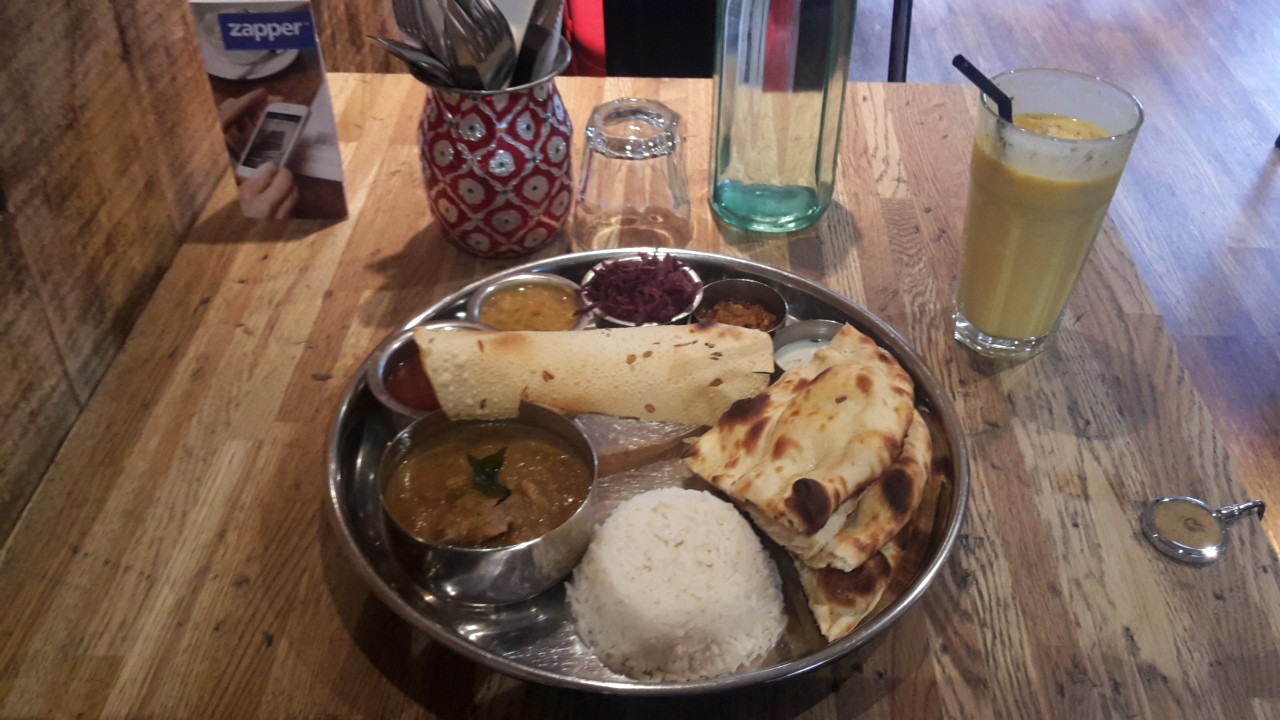
Indian restaurants
In my experience, there are a fair number of Indian restaurants all over the world that have lunch buffets or set menus available. When I am traveling solo and seeking out Indian food, I will also peruse a menu in advance to see if there is thali available, another option which is a built-in way to try lots of dishes. A thali is basically like a sampler platter and will include bread, rice, and a mix of other curries and dishes, all for a reasonable price. Usually a vegetarian and meat thali option will both be offered.
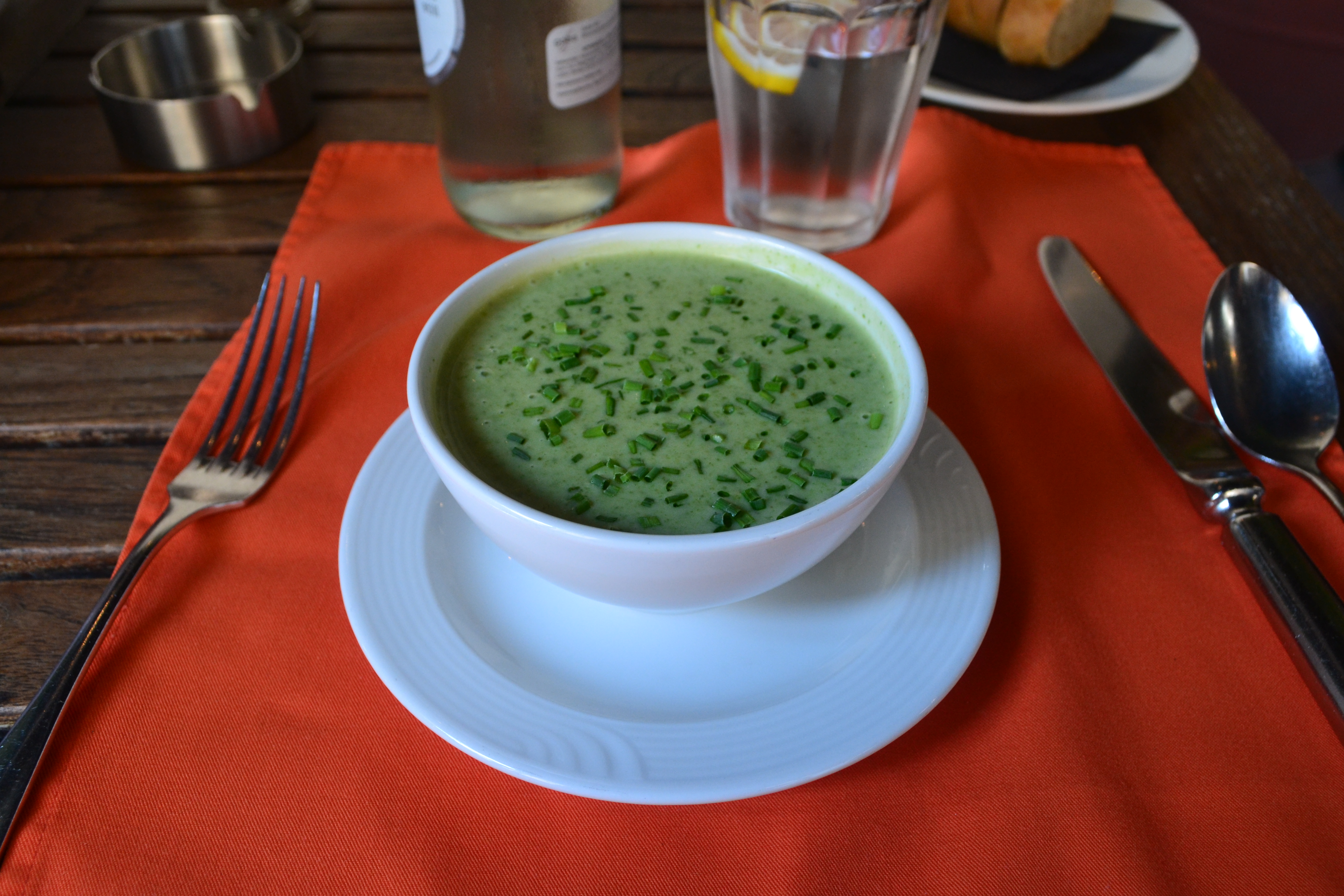
Set Menus
You’ll see a set menu option more often for lunch, with a choice of a few dishes for each course, sometimes including a beverage and/or dessert. Set menus offer a good value on price as well. One of my favorite places to take advantage of a set menu is in Liechtenstein, which otherwise can be a pricey place to dine out. Keep your eyes open starting in the late morning when these specials begin to be advertised, and find a spot that strikes your fancy or fits your budget.
Spanish restaurants
I have one word for you: tapas! These small plates have become trendy in a lot of places outside of Spain, so in many countries you’ll be able to find a Spanish restaurant where the dishes come in small enough portions that you can pick out a few different ones and still have a reasonably sized meal for one. Of course this works in Spain as well, and is especially fun at a busy market stall. Plus, many tapas places I’ve visited – both in Spain and elsewhere – have a bar where you can sit and order dishes, which can be a more social experience for solo travellers.
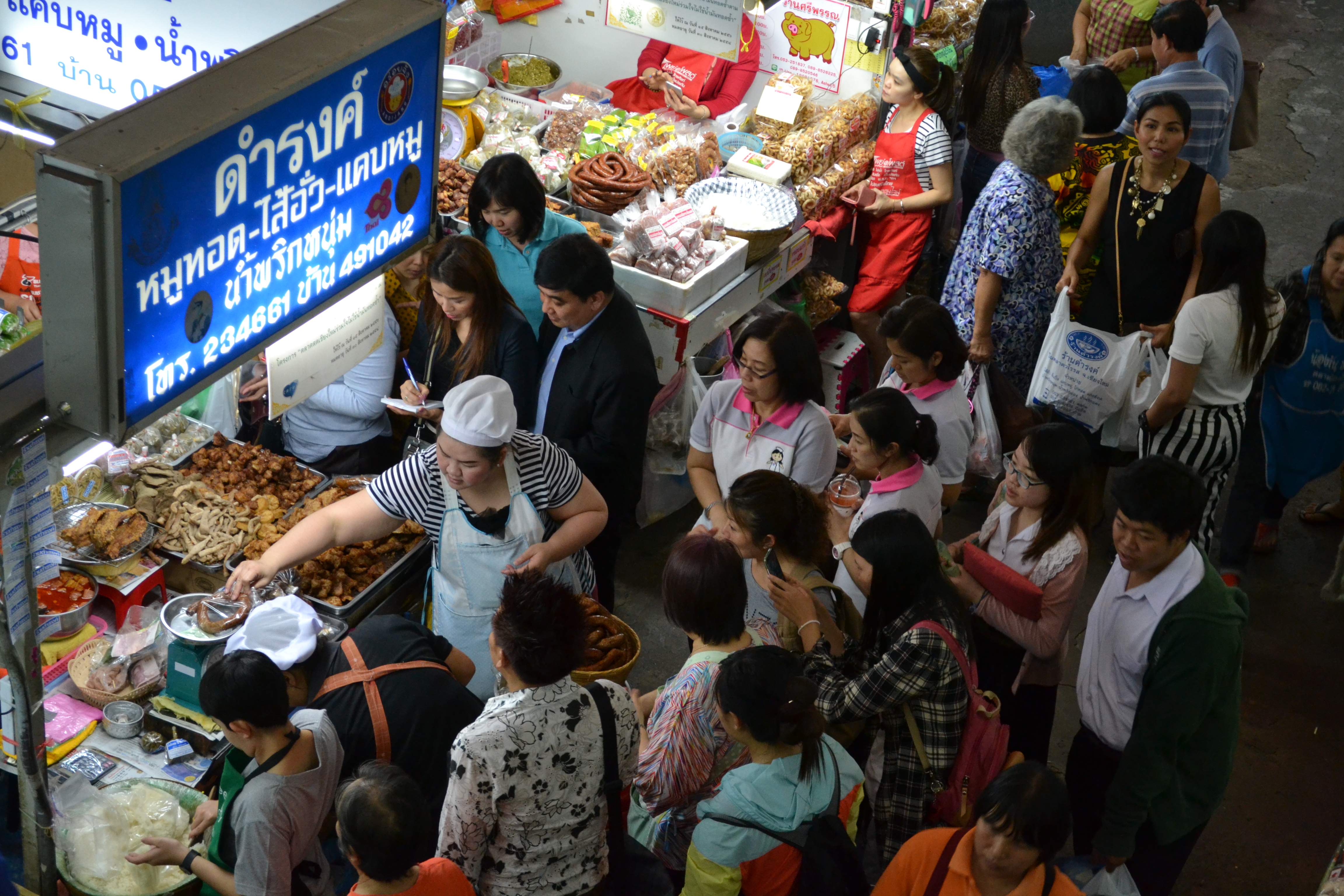
Street Food
There are many cities renowned for their street food offerings, but even for most others, you can find delicious and inexpensive bites on the go. Street food lets you eat with your other senses first – hearing the sizzle of a piece of meat on a grill, smelling enticing aromas waft toward you, or seeing where the locals queue up for the best bites. I’ve had some of my best street food experiences in Asia (Bangkok & Chiang Mai in Thailand have possibly been my favorite spots – for being able to get small bites from a lot of different vendors). But if you keep your eyes open you’ll see street vendors in most cities you visit, and there are also a lot of places where Food Trucks are trendy and ever-present with many types of cuisines represented. Go ahead and sample whatever catches your eye. Or tempts one of your other senses.
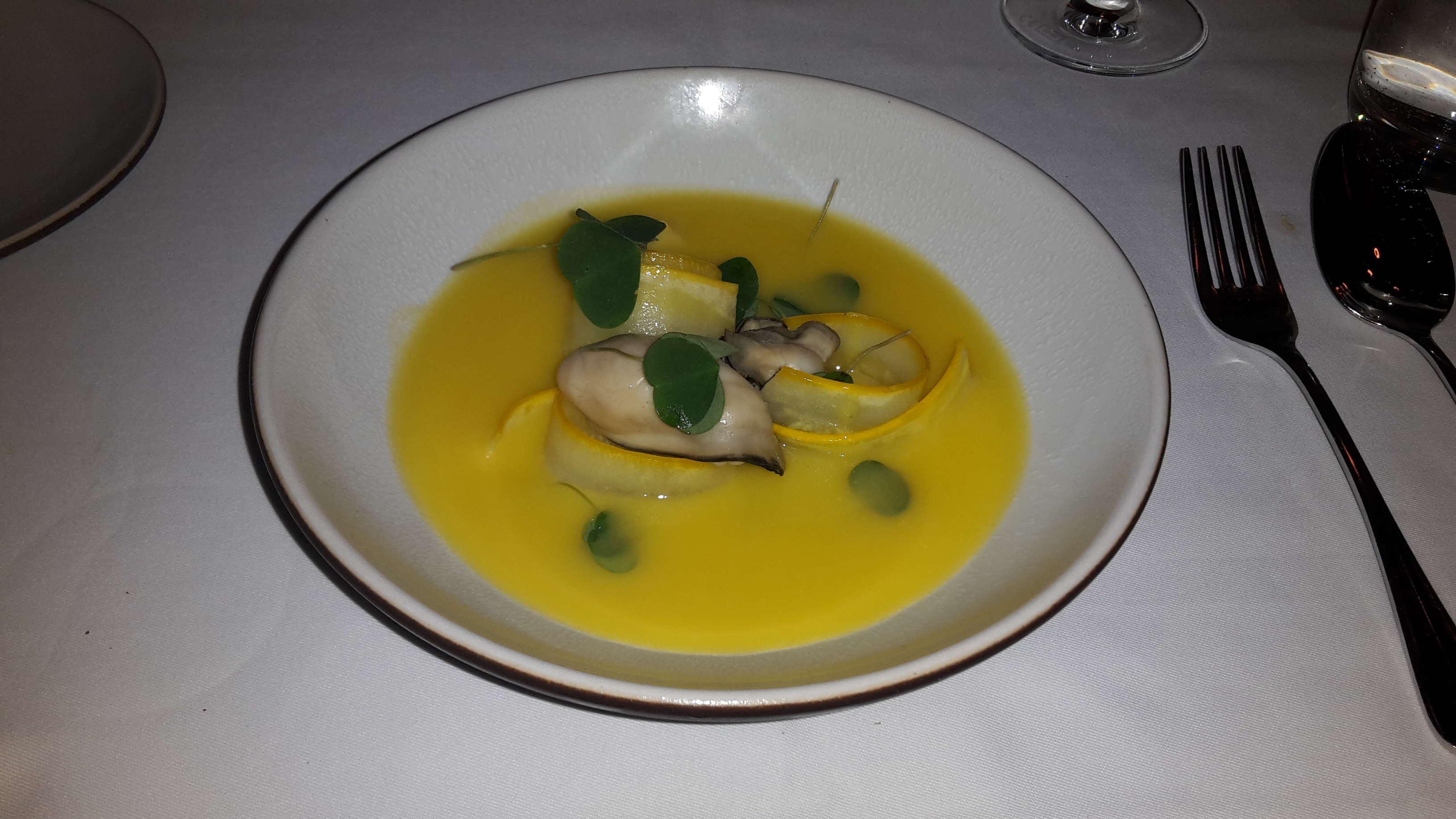
Tasting Menus
On the opposite end of the budget spectrum, you can also get a fair bit of food variety on the high-end of dining, especially when there is a tasting or degustation menu available. And at several of these more fancy establishments, you’ll even have the option to sit at the bar or communal table, which can be a less intimidating experience for the solo diner. This can be true even at Michelin-starred places, like the satisfying tasting menu I recently enjoyed at Stockholm’s Ekstedt (sitting at a communal table where I met and chatted during the whole meal with another solo traveller!).
Or the very reasonably priced tasting menus I enjoyed on my own at Restaurant Bieberbau in Berlin and several restaurants around Malta.
READ MORE: Top 12 Reasons to Go To Malta & Malta Travel Tips
Turkish (or Middle Eastern) restaurants
This is another cuisine that naturally lends itself to having a lot of small dishes – called mezze – cobbled together to form a meal. Think grilled meats, falafel balls, hummus, babaganoush, and tabbouli in small portions that together can form a satisfying single meal with a whole lot of variety. Middle Eastern cuisines can also be well-suited to vegetarians, as many of the mezze are vegetable- or legume-based.
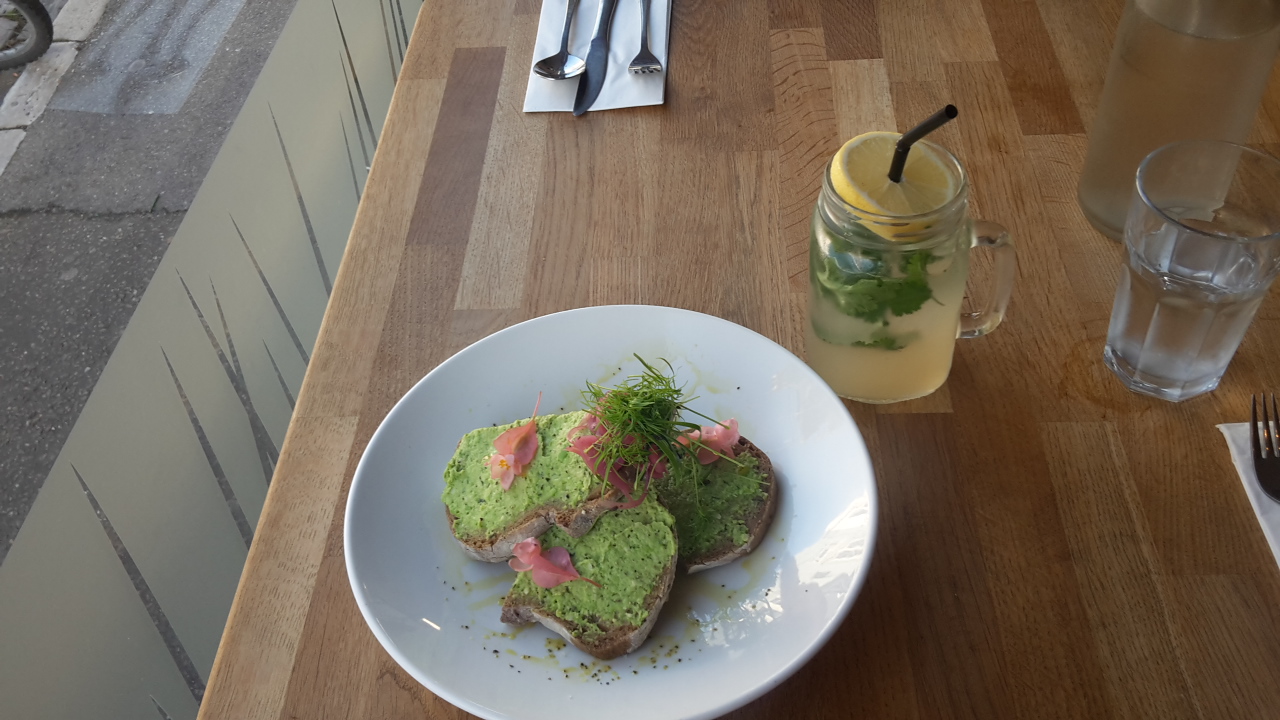
Vegetarian restaurants
Despite not having meat on the menu, vegetarian and vegan restaurants can offer some of the best variety of bites on a single plate. I usually encounter a mix of starches, proteins, and vegetables that can be mixed and matched for a single dish. Sometimes there are even small plates available. And although I’m not a vegetarian, some of my most recent memorable bites dining solo have been at vegetarian establishments.
Of course, there is no one right way to eat well while traveling solo. This list is really a starting point for you to venture out and figure out what types of cuisine and dining formats feel comfortable for you, and help you to maximize your time alone on the road. And of course, as you become a more and more seasoned solo traveler, use this list as inspiration for that food or restaurant to try next!
Do you notice yourself gravitating toward certain foods when you travel solo? What things have you found most helpful to keep in mind for eating well when you travel on your own? Any other advice or cuisines to add to the list? Share your tips below!
